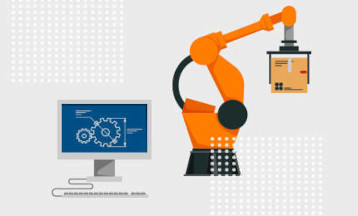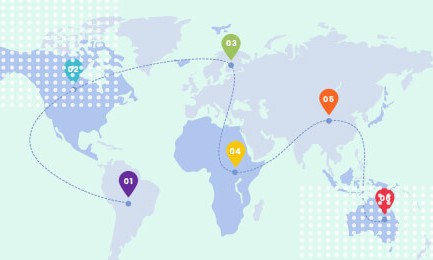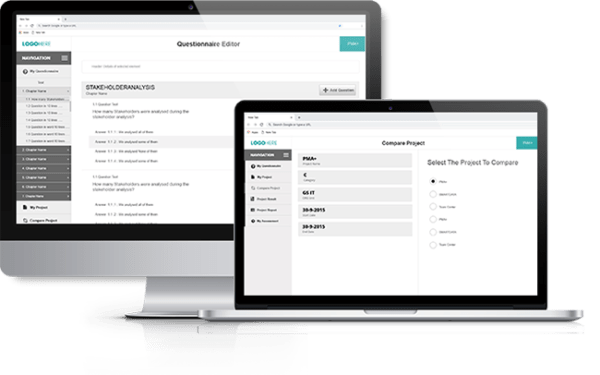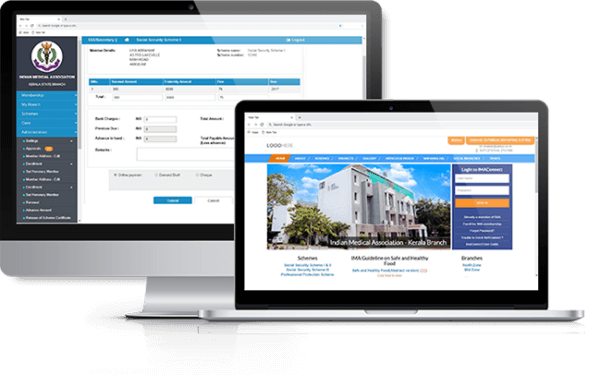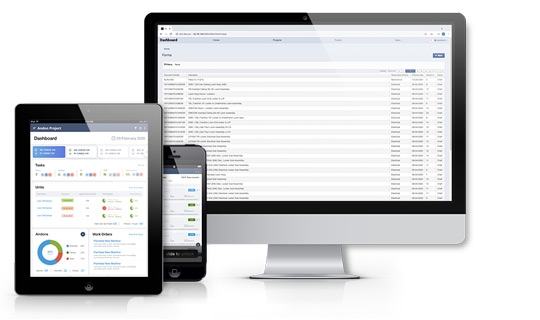In today’s rapidly evolving digital world, data migration stands as a pivotal process for businesses seeking to adapt and thrive. As technologies advance and data volumes grow exponentially, the landscape of data migration continues to undergo significant transformations. Exploring the emerging trends in this domain provides a glimpse into what the future holds for this critical aspect of modern business operations.
Rise of AI-Driven Data Migration:
The integration of artificial intelligence (AI) and machine learning algorithms is reshaping data migration methodologies. AI-driven migration promises automated data analysis, mapping, and even predictive insights, streamlining the migration process while minimizing risks and errors. This trend marks a shift toward smarter, more efficient migration strategies. AI-driven data migration harnesses machine learning algorithms to automate data analysis and mapping. These intelligent systems excel at recognizing patterns within vast datasets, identifying relationships, and mapping complex data structures. As a result, the process becomes more accurate and significantly faster compared to manual methods. AI-powered migration tools leverage predictive analytics to forecast potential challenges and risks associated with data migration.
Hybrid Cloud Adoption and Data Mobility:
With the increasing adoption of hybrid cloud environments, the future of data migration revolves around seamless data mobility. The ability to move data across diverse cloud platforms and on-premises infrastructure without disruptions becomes paramount. Future data migration services will focus on enabling fluid data transfer, ensuring compatibility and security across multiple environments. In the era of hybrid cloud adoption, data mobility emerges as a cornerstone for modernizing IT infrastructures. The ability to fluidly move data across diverse environments while addressing challenges related to security, governance, and performance is critical for businesses striving to remain agile and competitive. Embracing efficient data mobility strategies not only facilitates seamless hybrid cloud adoption but also empowers organizations to harness the full potential of their data assets in an increasingly interconnected and dynamic ecosystem.
Data Governance and Regulatory Compliance:
As data privacy regulations tighten globally, future trends in data migration will emphasize robust data governance frameworks. Ensuring compliance with evolving regulations such as GDPR, CCPA, and others will be a central focus. Migration strategies will need to prioritize data security, transparency, and accountability to meet stringent compliance requirements. Data governance involves establishing policies, procedures, and controls to ensure data quality, security, and compliance throughout its lifecycle. In migration, robust governance frameworks define how data is managed, accessed, and protected during the transfer process. Compliance with regulations like GDPR, HIPAA, or industry-specific mandates is paramount during data migration. Organizations must assess which regulations apply, understand their implications, and develop migration strategies that align with compliance standards.
Edge Computing and Edge-to-Cloud Data Migration:
The proliferation of edge computing architectures demands innovative data migration solutions that cater to the edge-to-cloud and cloud-to-edge data movement. Future trends will involve optimizing migration processes for decentralized data stored at the edge, enabling efficient and secure synchronization with centralized cloud repositories. Edge computing involves processing data closer to its source, at the edge of the network, reducing latency and enhancing real-time processing capabilities. This distributed architecture enables the deployment of applications and services closer to where data is generated. Data migration between edge devices and centralized cloud environments presents challenges due to varying data formats, connectivity issues, bandwidth constraints, and the need for synchronization between edge and cloud repositories. Strategies for efficient data migration involve optimizing data flows and workload distribution between the edge and the cloud. Balancing where data is processed, stored, and analyzed based on application requirements ensures optimal performance and resource utilization.
Blockchain Integration for Data Integrity:
Blockchain technology holds promise for enhancing data integrity during migration. Its decentralized and immutable nature offers opportunities to ensure the accuracy and security of migrated data. Integration of blockchain in migration services could mitigate risks associated with data tampering, providing a verifiable record of data transactions. Blockchain serves as a decentralized, distributed ledger that records transactions across a network of nodes in a secure and immutable manner. Its core principles of transparency, immutability, and consensus mechanisms underpin its significance in ensuring data integrity. Integration of blockchain in data migration provides a transparent and auditable record of data transactions. Each migration step can be cryptographically recorded, creating an immutable trail of data movements, ensuring traceability and accountability. Utilizing blockchain’s immutable nature ensures that migrated data remains tamper-proof. Once recorded on the blockchain, data cannot be altered or deleted, enhancing confidence in the integrity and authenticity of migrated information.
Data-Driven Automation and Orchestration:
Future data migration services will heavily rely on automation and orchestration tools. Intelligent automation, including data profiling, transformation, and orchestration of migration workflows, will streamline processes, reduce human error, and expedite migration timelines. Data-driven automation leverages analytics and insights derived from comprehensive data profiling. This intelligence informs decision-making throughout the migration lifecycle, identifying patterns, dependencies, and optimal migration pathways. Automation tools perform in-depth data profiling, assessing data quality, identifying inconsistencies, and cleansing data. This automated process ensures migrated data’s integrity and accuracy, reducing manual efforts and mitigating errors.
Focus on Data Quality and Migration Assessments:
The future trend emphasizes thorough data quality assessments before migration. Advanced profiling tools will enable businesses to identify, cleanse, and enrich data, ensuring high-quality, actionable information post-migration. Continuous migration assessments will become integral to maintaining data integrity. Data quality serves as the bedrock of successful migration. Assessing and improving data quality before migration mitigate risks associated with incomplete, inaccurate, or inconsistent data, ensuring integrity throughout the process. Comprehensive data profiling tools analyze data structures and quality metrics. They identify anomalies, duplicates, and inconsistencies, enabling cleansing and enrichment of data to meet predefined quality standards prior to migration.
The future of data migration services is undeniably exciting, marked by technological advancements and evolving business needs. Embracing these future trends is crucial for organizations aiming to navigate the complexities of data migration successfully. As the data landscape continues to evolve, staying abreast of these trends will empower businesses to harness the full potential of their data while ensuring a seamless transition towards a more data-centric future. Connect with https://www.zinemind.com/ to learn more about future trends in data migration.




